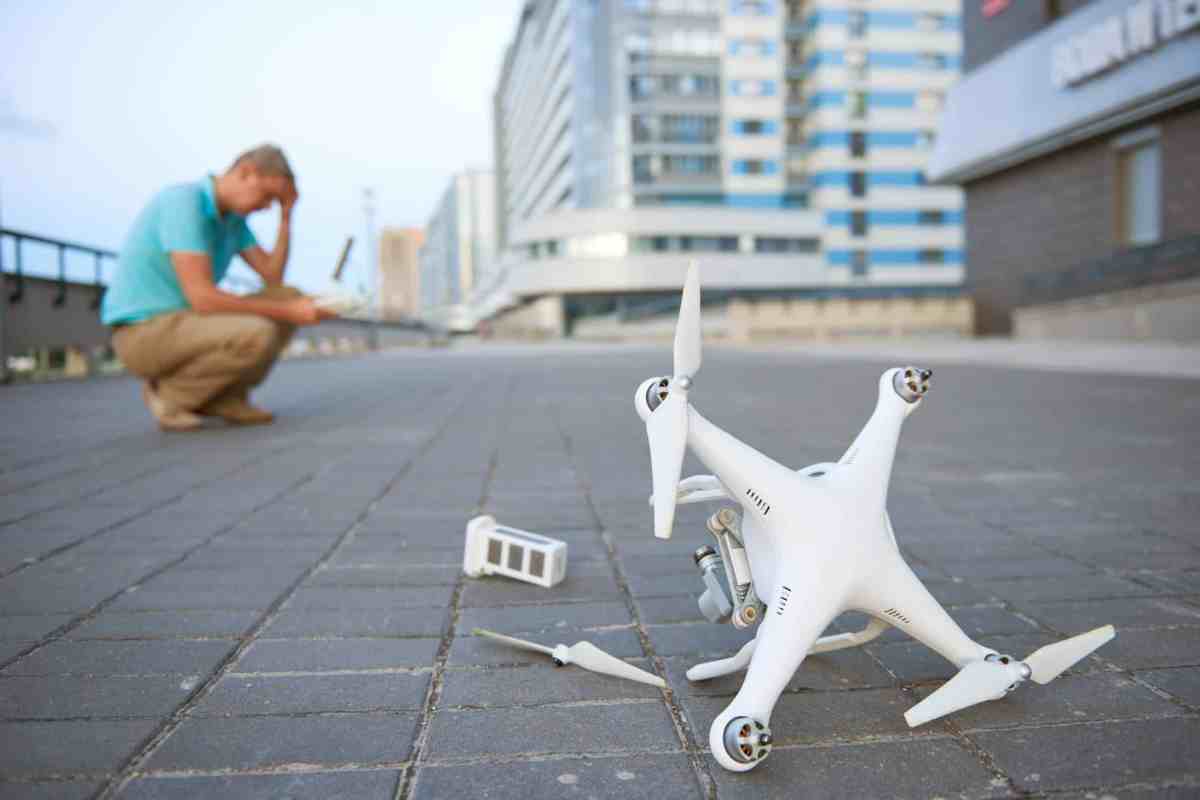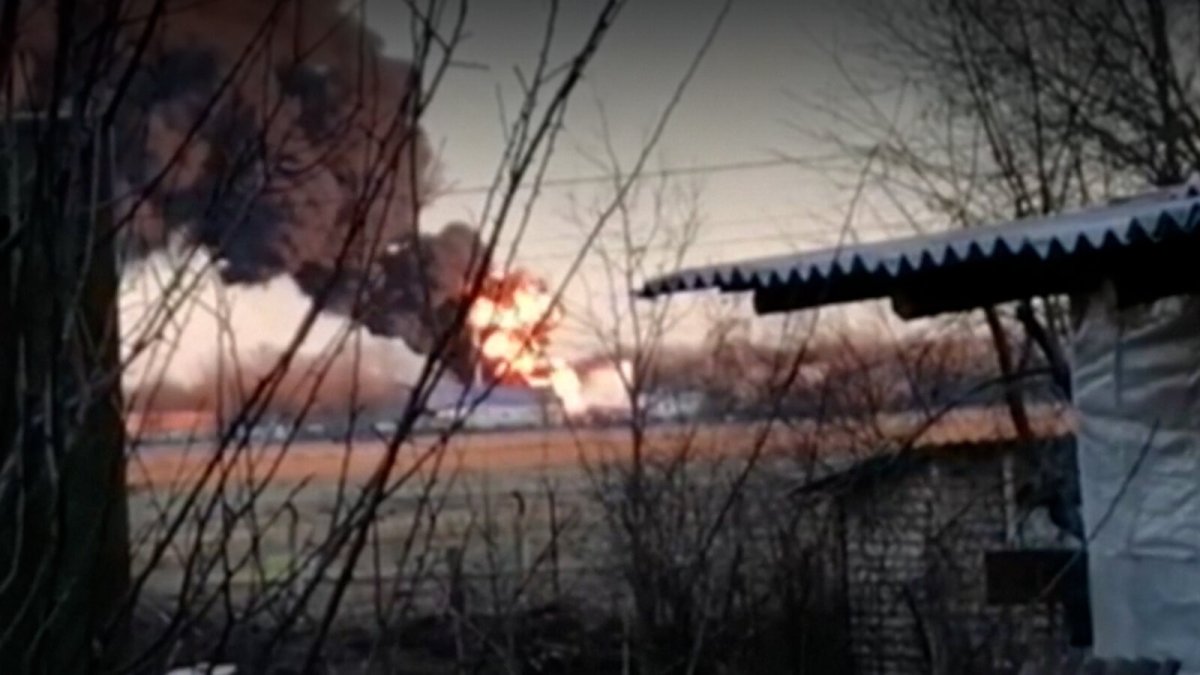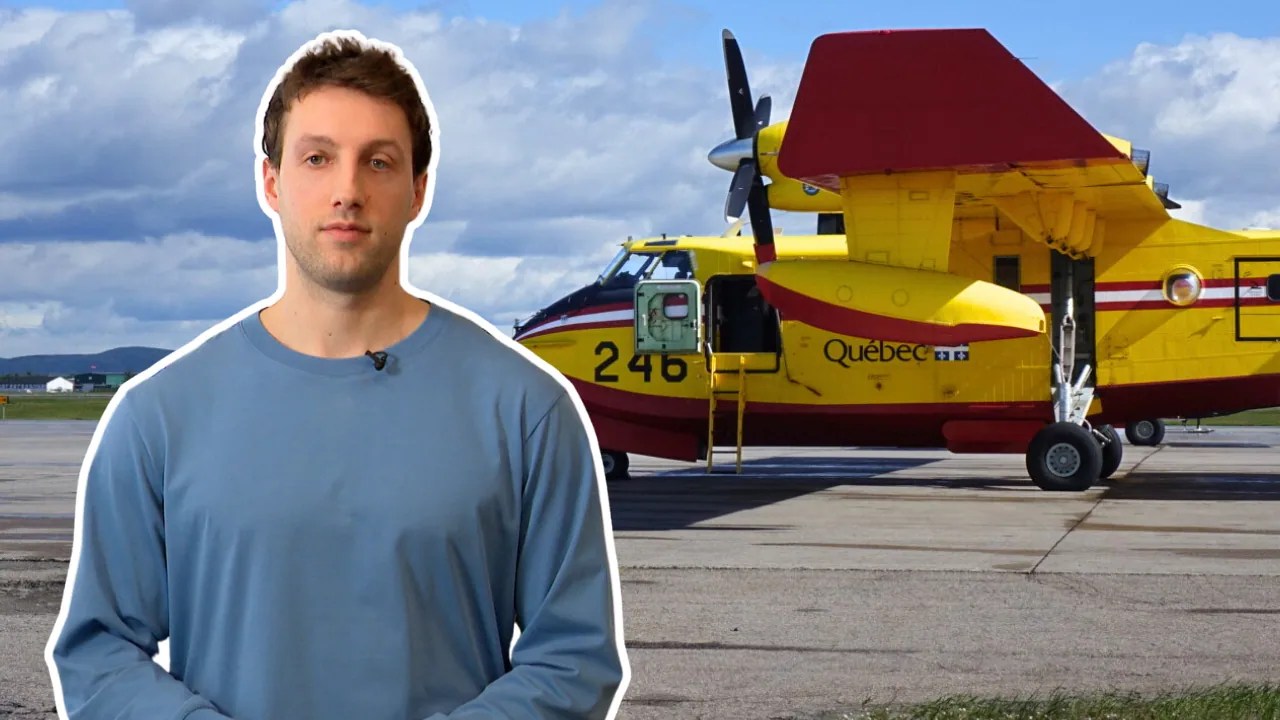Drone hits plane – it’s a headline that’s becoming increasingly familiar. This isn’t just a theoretical threat; incidents involving drones and airplanes are happening, raising serious concerns about aviation safety. We’ll explore the different ways drones can endanger planes, from accidental near-misses to deliberate actions, examining the types of drones involved and the potential consequences. We’ll also delve into the regulations, technologies, and legal aspects surrounding this complex issue.
Understanding the risks associated with drone-aircraft encounters is crucial for both drone operators and the aviation industry. This involves a multi-faceted approach, including improved regulations, the development of advanced detection and mitigation technologies, and a heightened awareness among drone users about responsible operation. The goal is to minimize the chances of a drone striking a plane and causing potentially catastrophic consequences.
Drone Encounters with Aircraft: A Comprehensive Overview

The increasing popularity of drones presents a growing challenge to aviation safety. Unintentional or deliberate drone incursions into controlled airspace pose significant risks to aircraft, potentially leading to serious accidents. This article explores the various facets of drone-plane encounters, examining the types of encounters, safety regulations, technological mitigation strategies, impact on aviation safety, legal and ethical implications, and illustrative examples.
Types of Drone-Plane Encounters

Drone-aircraft encounters can range from accidental near-misses to deliberate acts of recklessness. The size, capabilities, and operational characteristics of the drone significantly influence the potential impact on an aircraft. Smaller consumer drones might cause minor damage, while larger, heavier drones could lead to catastrophic consequences. The likelihood of an encounter also varies depending on factors like airspace density and drone operator awareness.
| Scenario Type | Drone Type | Potential Impact | Likelihood of Occurrence |
|---|---|---|---|
| Accidental near-miss during takeoff | Small consumer drone | Minor damage to aircraft or no damage | Moderate |
| Intentional flight near airport | Large commercial drone | Significant damage to aircraft, potential loss of life | Low |
| Unintentional incursion into airspace due to GPS malfunction | Medium-sized hobbyist drone | Moderate damage to aircraft | Low to Moderate |
| Drone collision during landing approach | Small recreational drone | Minor damage to aircraft, potential for diversion | Moderate |
Safety Regulations and Protocols, Drone hits plane
Numerous regulations govern drone operation near airports and other restricted airspace. These regulations vary significantly across countries, reflecting different priorities and technological capabilities. Effective communication and clear decision-making protocols are crucial in responding to drone sightings.
For instance, the FAA in the United States has established strict no-fly zones around airports, requiring drone operators to register their devices and obtain necessary permits for operations near airports. In contrast, regulations in some European countries might be more lenient, but still emphasize responsible drone operation and maintaining safe distances from aircraft.
A flowchart illustrating the decision-making process would involve steps like: drone sighting, confirmation of drone presence, assessment of risk level, communication with air traffic control, potential emergency procedures, and post-incident investigation.
Technological Mitigation Strategies

Several technologies are being developed and deployed to prevent drone-plane collisions. These technologies offer varying degrees of effectiveness, cost, and potential impact on civilian drone use. The choice of technology often depends on the specific context and resources available.
Drone strikes on planes are a growing concern, especially with larger aircraft. Imagine the impact if a drone hit a massive firefighting aircraft like a canadian super scooper plane , which are crucial for wildfire control. The potential for damage and disruption is huge, highlighting the need for stricter drone regulations to prevent such incidents.
- Drone Detection Systems: These systems use radar, optical sensors, or radio frequency detection to identify drones in the vicinity of airports or other critical infrastructure. Advantages include early warning capabilities and the ability to track drone movements. Disadvantages include potential false positives and limited range in certain environments.
- Anti-Drone Jammers: These devices disrupt the radio frequency signals used to control drones, effectively disabling them. Advantages include immediate neutralization of threats. Disadvantages include potential interference with other electronic devices and legal restrictions on their use.
- Drone Netting Systems: These systems use physical barriers or nets to capture drones. Advantages include a high capture rate and no electronic interference. Disadvantages include limited range and the potential for damage to the drone or surrounding environment.
| Technology | Detection Range | Effectiveness | Impact on Civilian Drone Use |
|---|---|---|---|
| Radar-based detection | Several kilometers | High for larger drones | Minimal, unless improperly configured |
| RF Jamming | Variable, depends on power | High for targeted drones | Significant, potential for widespread disruption |
| Optical/Camera Detection | Limited range, visibility dependent | Moderate, depends on drone size and weather | Minimal, unless combined with other methods |
Impact on Aviation Safety
Several reported incidents highlight the potential risks posed by drones to aviation safety. Collisions or near-misses during critical flight phases (takeoff, approach, landing) can cause significant damage to aircraft and endanger passengers and crew. Such incidents can lead to flight delays, diversions, and even airspace closures.
| Incident Date | Location | Outcome | Impact on Air Traffic |
|---|---|---|---|
| Example Date 1 | Example Location 1 | Minor damage to aircraft | Short delays |
| Example Date 2 | Example Location 2 | Near-miss, no damage | Temporary airspace restriction |
Legal and Ethical Implications
Drone operators who endanger aircraft face serious legal consequences. The legal frameworks governing drone operation vary across jurisdictions, but generally emphasize the responsibility of operators to comply with safety regulations and avoid reckless behavior. Ethical considerations highlight the importance of responsible drone use and respecting the safety of air travel.
Illustrative Examples
Imagine a scenario where a large drone collides with a passenger plane during final approach. The impact could cause significant damage to the aircraft, potentially leading to an emergency landing, injuries to passengers and crew, and substantial disruption to air travel. The chain of events would involve emergency services response, aircraft inspection, investigation into the cause of the collision, and potential legal proceedings against the drone operator.
A near-miss scenario might involve a small drone unexpectedly entering the flight path of an aircraft during takeoff. The pilot would take evasive action, potentially delaying the flight and triggering an investigation to determine the drone’s origin and the operator’s actions. Such an incident would underscore the need for better drone detection and tracking systems and stronger regulations.
A drone detection system in action might involve a network of radar and optical sensors strategically positioned around an airport. These sensors constantly monitor the airspace, detecting any unauthorized drone activity. When a drone is detected, its location and trajectory are relayed to a central control station, allowing for appropriate responses, such as warning the pilots or deploying anti-drone measures.
Closure

The increasing use of drones presents a significant challenge to aviation safety. While technology offers solutions in the form of detection systems and anti-drone technologies, responsible drone operation and robust regulations are equally vital. The future of safe skies depends on a collaborative effort between drone manufacturers, regulatory bodies, and drone operators to mitigate the risks associated with drone-aircraft encounters.
Drone strikes on aircraft are a growing concern, causing damage and potential safety hazards. A recent incident highlighted this risk, when a drone collided with a water bomber, as reported in this article: drone hits water bomber. This incident underscores the importance of responsible drone operation and the need for stricter regulations to prevent similar occurrences with passenger planes and other aircraft.
By understanding the potential dangers and implementing effective preventative measures, we can strive to maintain a safe and efficient airspace for all.
FAQ: Drone Hits Plane
What are the penalties for operating a drone near an airport?
Drone strikes on planes are a serious safety concern, highlighting the need for better drone regulations. Understanding drone flight dynamics is key, and you can learn more about basic principles by checking out this fun simulation of a flappy plane , which helps visualize lift and control. This basic understanding can then help you appreciate the potential dangers of uncontrolled drones near aircraft.
Penalties vary by country and jurisdiction, but they can range from hefty fines to imprisonment, depending on the severity of the infraction and any resulting damage or harm.
How can I report a drone sighting near an airport?
Contact your local air traffic control or the relevant aviation authority immediately. They have procedures for handling such reports.
Are all drones equally dangerous to airplanes?
No, larger drones with more powerful motors pose a greater risk due to their potential for causing more significant damage upon impact.
What role does insurance play in drone-related incidents?
Drone operators should have adequate liability insurance to cover potential damages or injuries caused by their drone’s actions.
